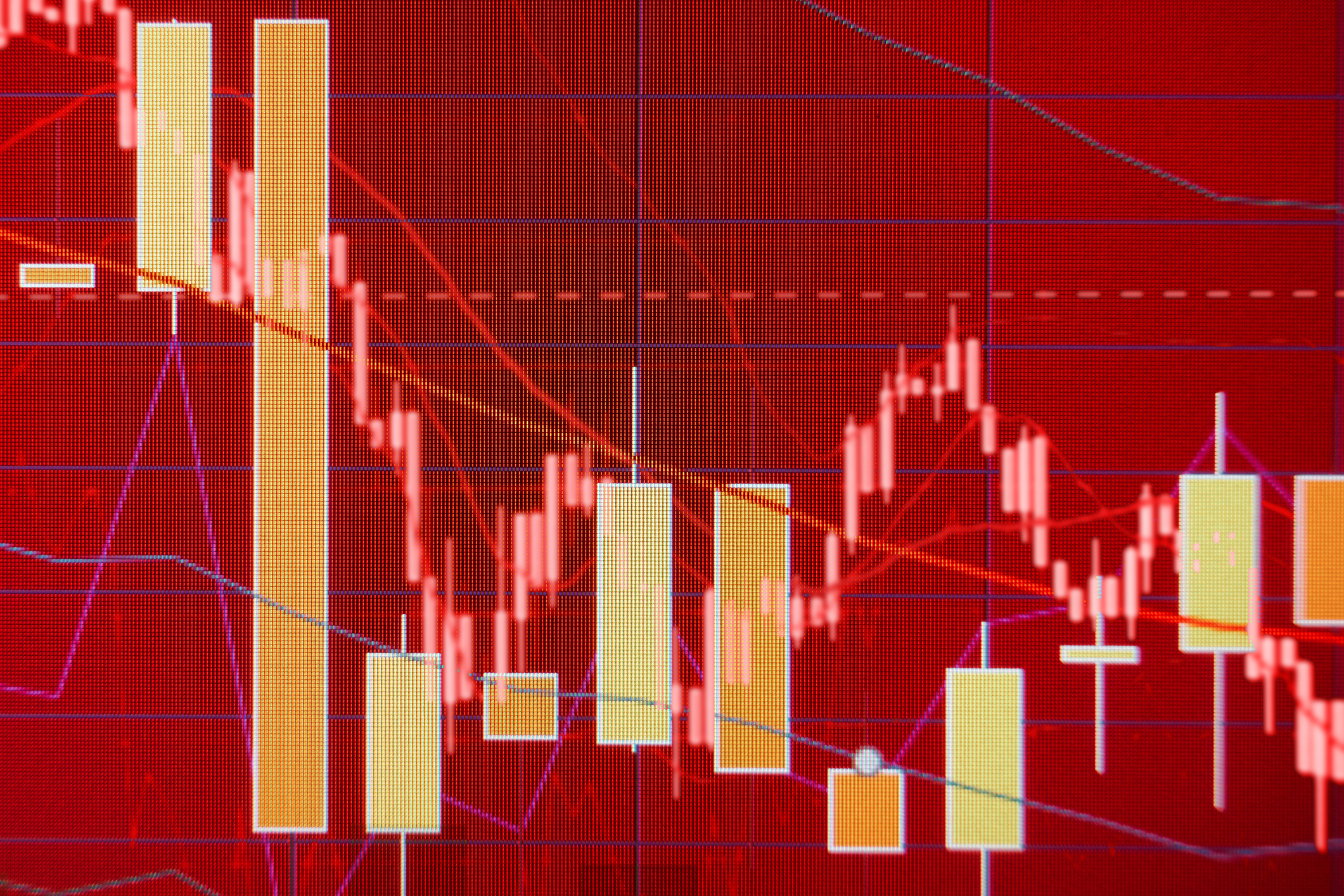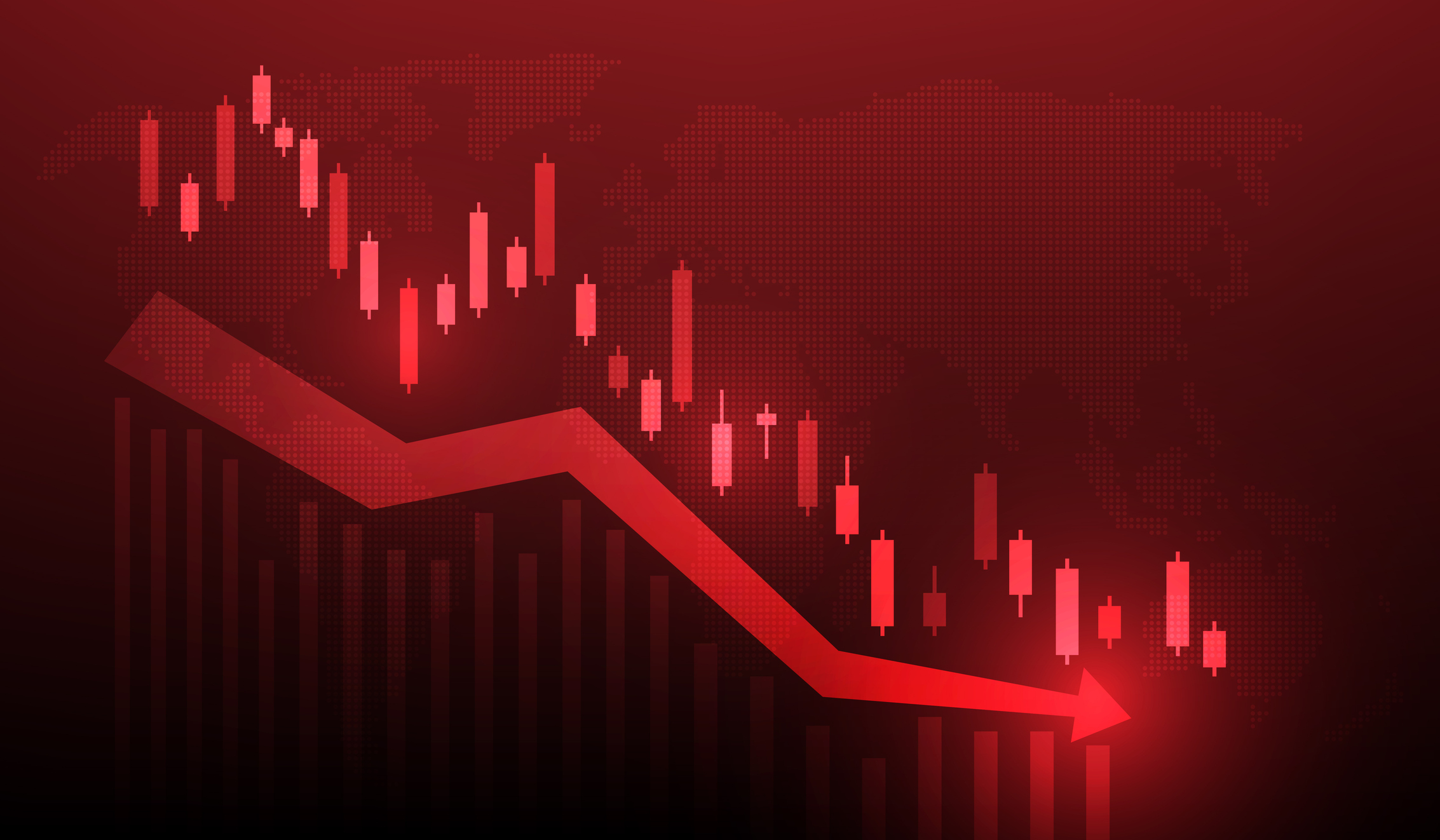Know When to Sell a Stock
Don't let a stock's stumbles blind you to its long-term potential.


"I love Facebook,” Will Danoff, Fidelity Contrafund’s excellent manager, said at a recent investing conference. “Don’t sell after the first double.” The advice resonated with me, and not just because I, too, own Facebook (symbol FB). I thought it helped explain why Danoff, a value-conscious growth investor, has been so successful. Like Warren Buffett, he has a strong bias toward holding a stock even when it encounters turbulence. “I don’t want to get shaken out of a stock if I like the long-term story,” Danoff once said.
Too many of us have subconscious sell rules that hurt our results. For instance, we often sell because of recent moves in a stock’s price. In 2000, I showed my investing genius by buying health insurer Humana (HUM) at $6. The stock now trades at $188, and Aetna has agreed to buy Humana for $230 per share. But I never brag about my coup because I sold Humana at $15 two years after I bought it. (Current prices are as of July 2.)
In selling Humana way too soon, I focused far too much on the stock’s performance (heroic), my holding period (long enough to qualify for favorable capital-gains tax treatment) and my ego (I was a proud seller). We all know people who think a loss isn’t a loss until you take it. Others, channeling my Humana experience, believe a profit isn’t real until you ring the register. A rational long-term investor such as Charlie Munger, Berkshire Hathaway’s vice chairman, would say that when it comes to making a sell decision, both views are equally delusional.
From just $107.88 $24.99 for Kiplinger Personal Finance
Become a smarter, better informed investor. Subscribe from just $107.88 $24.99, plus get up to 4 Special Issues

Sign up for Kiplinger’s Free Newsletters
Profit and prosper with the best of expert advice on investing, taxes, retirement, personal finance and more - straight to your e-mail.
Profit and prosper with the best of expert advice - straight to your e-mail.
I invested in Buffalo Wild Wings (BWLD), a thriving sports-bar franchise, a week after it went public in 2003. A few months later, I freaked out when the firm said rising chicken wing prices would clip earnings. So, like a chicken, I sold and took my 30% profit. The stock has since risen more than 10-fold. The temporary commodity spike blinded me to Wild Wings’ long-term growth potential. Such price fluctuations are inevitable and are usually meaningless.
But sometimes there are better reasons to sour on a stock. I invested in Constellium NV (CSTM), a Netherlands-based fabricator of aluminum products, in early 2014 at $23. I was sitting on a nice profit when I read in August 2014 that Alcoa (AA) would compete against Constellium by getting into the aircraft-engine-parts business. Then Constellium reported punk earnings and gave a bleak forecast about future results. I sold at $29 a share. Since then, every earnings report has been catastrophic, and the stock now sells for $11.
Focus on the call. Sometimes a single earnings call should prompt a sale. I bought UCP (UCP), a land-rich home builder, in March 2014 at $14. The premise: UCP would sell to developers some parcels of land it had acquired cheaply and build some homes itself. But on its May 2014 call with analysts and investors following the release of first-quarter results, UCP said it had sold just $200,000 worth of land—down a staggering 97% from the same quarter in 2013—and exactly 52 homes on the 7,931 lots it controlled. On the call, executives sounded like a group of stoners. “Hey, man, we’ll get around to building the homes someday. You investors just need to chill,” they might as well have said. Not feeling mellow, I sold the next day for $13, taking a small loss. The shares now fetch just under $8.
Reviewing past sell decisions has led me to three new rules. First, if a company has a real business with great growth potential, you should cut it some slack. Second, always check to see if powerful emotions are trampling logic. And finally, if a company is floundering while most of its peers are prospering, acknowledge that you have a lemon and don’t try to make lemonade out of it. Toss it in the trash.
Profit and prosper with the best of Kiplinger's advice on investing, taxes, retirement, personal finance and much more. Delivered daily. Enter your email in the box and click Sign Me Up.

-
 Stocks Struggle Ahead of November Jobs Report: Stock Market Today
Stocks Struggle Ahead of November Jobs Report: Stock Market TodayOracle and Broadcom continued to fall, while market participants looked ahead to Tuesday's jobs report.
-
 7 Dr. Seuss Quotes Retirees Should Live By
7 Dr. Seuss Quotes Retirees Should Live ByYou're off to great places! Why Dr. Seuss is the retirement guru you didn't know you needed.
-
 Fed's Rate Cuts Could Have Impacts You Might Not Anticipate
Fed's Rate Cuts Could Have Impacts You Might Not AnticipateUnderstanding how lower interest rates could impact your wallet can help you determine the right financial moves to make.
-
 Small Caps Hit a New High on Rate-Cut Hope: Stock Market Today
Small Caps Hit a New High on Rate-Cut Hope: Stock Market TodayOdds for a December rate cut remain high after the latest batch of jobs data, which helped the Russell 2000 outperform today.
-
 UNH Sparks a 408-Point Surge for the Dow: Stock Market Today
UNH Sparks a 408-Point Surge for the Dow: Stock Market TodayThe best available data right now confirm both a slowing employment market and a December rate cut, a tension reflected at the equity index level.
-
 Dow Adds 314 Points to Thanksgiving Rally: Stock Market Today
Dow Adds 314 Points to Thanksgiving Rally: Stock Market TodayInvestors, traders and speculators enjoy the best Thanksgiving Week gains for the major stock market indexes in more than a decade.
-
 Dow Dives 797 Points as Government Opens: Stock Market Today
Dow Dives 797 Points as Government Opens: Stock Market TodayThe process of pricing and re-pricing realities old and new never stops, and next week promises to be at least as exciting as this week.
-
 Stocks Sink with Meta, Microsoft: Stock Market Today
Stocks Sink with Meta, Microsoft: Stock Market TodayAlphabet was a bright light among the Magnificent 7 stocks today after the Google parent's quarterly revenue topped $100 billion for the first time.
-
 Dow, S&P 500 Slip on December Rate Cut Worries, Nvidia Boosts Nasdaq: Stock Market Today
Dow, S&P 500 Slip on December Rate Cut Worries, Nvidia Boosts Nasdaq: Stock Market TodayNvidia became the first company ever to boast a $5 trillion market cap, but it wasn't enough to lift the Dow and the S&P 500.
-
 Stocks Hit Fresh Highs Ahead of the Fed As Earnings Pump Optimism: Stock Market Today
Stocks Hit Fresh Highs Ahead of the Fed As Earnings Pump Optimism: Stock Market TodaySHW and UNH were two of the best Dow Jones stocks Tuesday, thanks to solid earnings reports, and MSFT closed with a $4 trillion market cap.
-
 Dow Beats 334-Point Retreat on Tech Bite: Stock Market Today
Dow Beats 334-Point Retreat on Tech Bite: Stock Market TodayInvestors, traders and speculators wonder whether this remains a Magnificent 7 market and how long this AI-driven bull run will last.